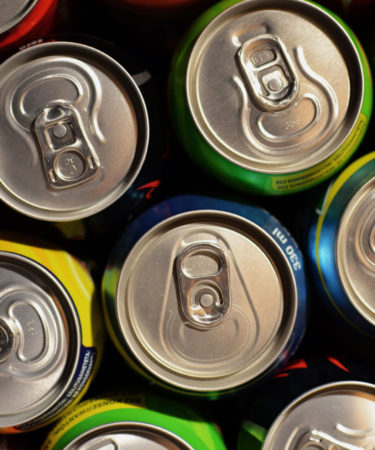It’s actually quite the opposite. When Prohibition was repealed, Congress passed a law in 1935 that actually banned the listing of alcohol content on cans and bottles of brew. The ridiculous thinking of the former teetotalers was that if the beers prominently listed their alcohol content, it would cause breweries around the country to compete in “strength wars,” with everyone attempting to make the strongest beers they could in order to deliver the most bang for their buck to the consumer. This was obviously a silly way of thinking, but this ban on listing alcohol content on beer lasted until 1995 when the Coors Brewing Company successfully challenged the law.
In 1995 Coors took its case all the way to the Supreme Court. Coors had sent a new set of labels and can designs to the BATF (Bureau of Alcohol, Tobacco and Firearms), which was the predecessor of the TTB, and these labels included the listing of the beer’s alcohol content. All the designs were denied, so Coors sued, saying the ban restricted its freedom of speech, and the Supreme Court agreed. It also found that by listing the ABV on a beer label there was no evidence it would create “strength wars.”
So now, thanks to Coors, if you want to list the ABV of your beer on the label, you can, but you don’t have to. At least not due to a federal mandate. Some states may require the breweries in their states to list ABV, but that is up to the states.
